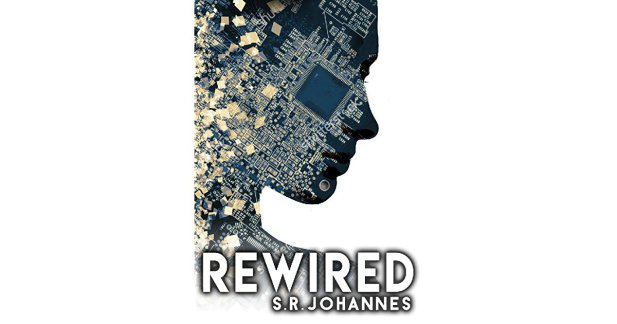It’s perhaps a foregone conclusion that this biography would open with the 84-day personal hell that was the film shoot for Star Wars. Nothing worked. The droids constantly malfunctioned, the weather was freakishly disastrous in addition to the normal extremes of cold by night and blazing hot by day, the local army was required to rescue vehicles and equipment from the muck, the costumes were painfully uncomfortable, and the sand wreaked havoc on people and machines in ways no one thought possible. The film was 20-days over schedule and way over budget. Few believed in his project from the outset. The studio kept trying to take control at every turn with little or no understanding as to what the film was even about, and the worst luck imaginable plagued the film from start to finish. By the time it was over, he wasn’t satisfied with the film, claiming that only about two-thirds of what he wanted was on screen, and depression overtook him. This wasn’t so much the pivotal experience that moved George Lucas from young maverick film director to business mogul so much as it was the straw that broke the camel’s back. Lucas knew that controlling the money was key to controlling his creative endeavors as a direct result. The success that followed — completely unforeseen by all — combined with instinct and a willingness to do what was necessary allowed him the means to make it happen. It’s the story of the “triumphant underdog,” a story that Lucas himself admired.
But of course, to fully appreciate such a story, one needs to go back to its beginning. This book covers it all. From his young days of listening to radio, reading comics, and watching film serials on TV to his high school days of trying to turn his under-powered Fiat into a hot rod (an obvious parallel for the Millennium Falcon), Lucas’ expectations from his father and personal inspirations are put into focus. Opening day at Disneyland would fuel his dreams. A near-fatal car wreck would change his outlook on life, ultimately propelling him to film school, collaborating with — and competing against — a handful of students who would go on to become writers, directors, editors, and producers, all of whom would redefine the cinematic experience for decades to come, and all of whom point to George Lucas as the pinnacle of their success.
The first half of this book deals with the years leading to Star Wars, with considerable time spent on making the original film. The so-called “Dark Times” between Return of the Jedi and the beginning of the prequel era are more or less glossed over by comparison, but there are still plenty of insightful nuggets to be had that define who George Lucas was at the time and, perhaps more importantly, who he came to be. From American Graffiti, Indiana Jones, and the creation of Pixar to The Clone Wars, Red Tails, and the Disney buyout, the author has captured a greater portion of the story than previous attempts have done. Even so, it still feels like there’s something left unsaid. Perhaps that’s due to the comparison with Neal Gabler’s Walt Disney biography. This is probably an unfair comparison since we have so much more information on Disney due to Lucas’ self-created status as a recluse. Or maybe that’s just due to the obvious comparisons between Disney and Lucas that my mind instantly goes there.
Whatever the case, the big achievement for this book is that it offers Lucas an even hand for the most part. It paints the hardships, the successes, and the noble intentions, and it offers the story behind the missteps and the failures, even where Lucas himself might have tried to reframe such things. The direct quotes from Lucas and his friends and associates serve to reinforce this honest account of a very human individual and the empire he built in the name of creative control. It’s about as intimate a portrait as one might be able to offer from the outside looking in. As a fan and admirer, I feel like the time I spent with this is time very well spent indeed, even where the story has to dwell a bit on the criticism and negative backlash Lucas has been forced to endure. There are no rose-colored glasses to be had here, an no excuses. But there is, at least, explanation where possible.
There’s still much to learn, as there always will be, but this isn’t the biography of Star Wars or Indiana Jones, nor is it the complete story of Lucasfilm or any of the other subsidiary companies he founded. Rightfully so. The restraint in play keeps the Maker himself front and center, and always in focus… right where he probably doesn’t want to be. For the sake of understanding of what he built, however, this one’s a most welcome addition to my library.
4 stars






